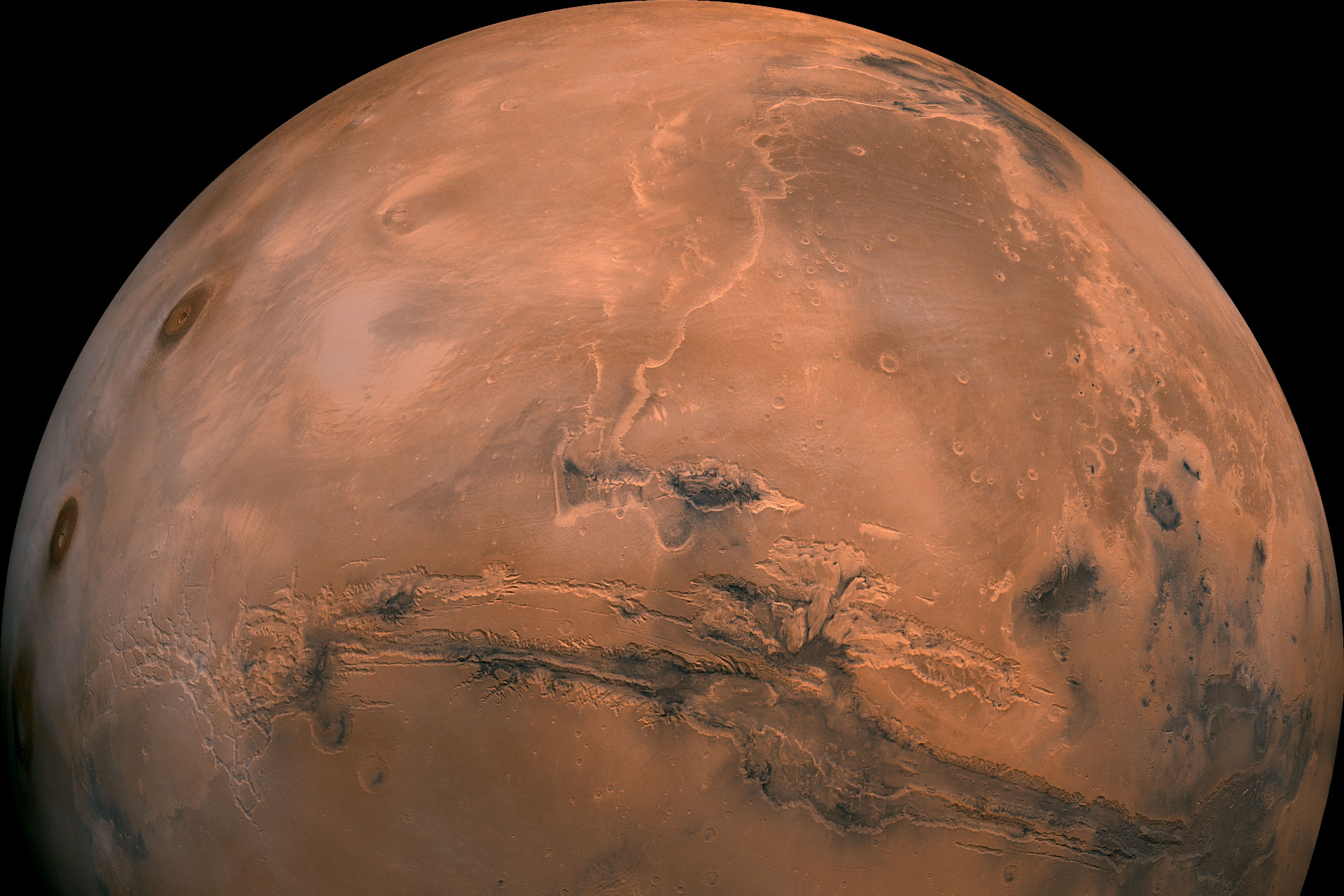Does the use of current Solar System simulant materials affect our understanding and interpretation of the impact cratering processes occurring within the Mars system?
Initial attempts to overcome problems associated with investigating the cratering processes on other Solar System bodies looked at the use of space materials (e.g. meteorites, returned samples), however, these are only available in small supply and those that are available do not often represent the wide diversity seen across the Solar System. Laboratory analyses and remote sensing data from an ever-increasing population of target bodies, returned samples, and the increasing population of identified meteorite families means that for the first time laboratories are capable of producing high-fidelity simulant materials.
Research Topics
The M-PIP project covers three main areas:
- Impact events on the Martian surface.
- The transfer of material from Mars to Phobos.
- Comparisons of cratering processes within differing planetary simulant materials
